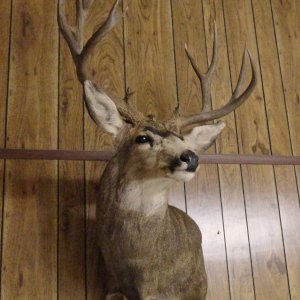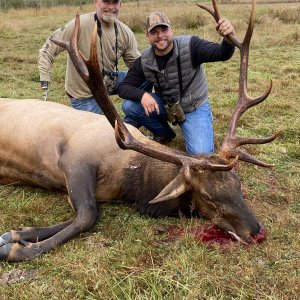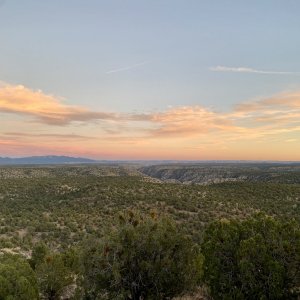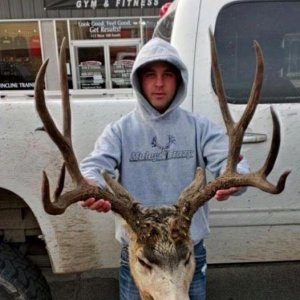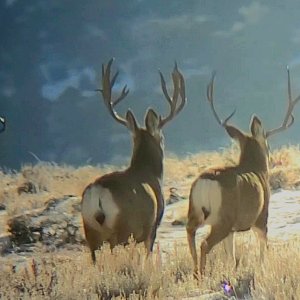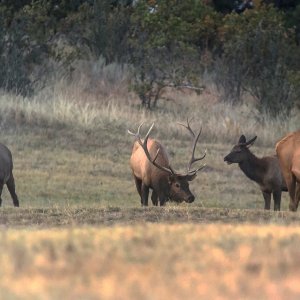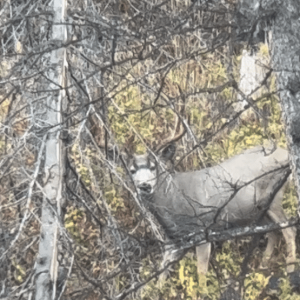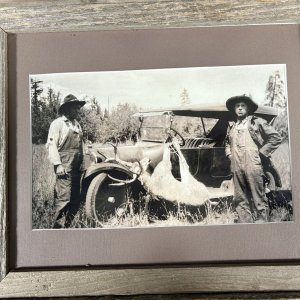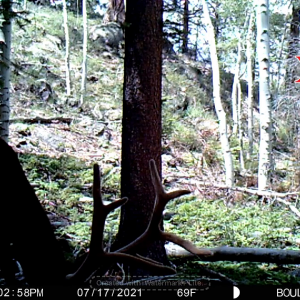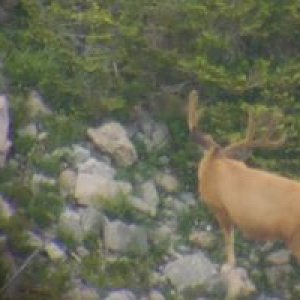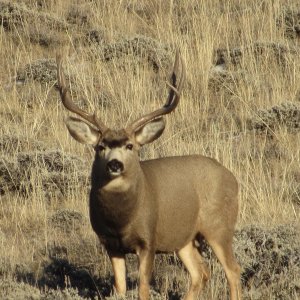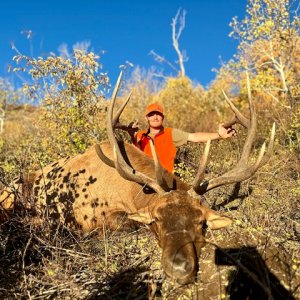I just listened to the first part of the Nevada Mule Deer Summit podcast. There's lots of great information on the podcast! I would invite everyone interested in the future of mule deer to give it a listen!
Here's the link:

 www.rokslide.com
www.rokslide.com
I was particularly excited to hear about the current cheatgrass and wildfire work being conducted in Nevada and neighboring Idaho. This runs from around the 14 to 23 minute marks in the podcast. It's great that states across the West are aware of the negative impacts of cheatgrass to mule deer, mule deer habitat, and other wildlife...... and trying to do something to improve this negative trend.
Boise State, University of Idaho, University of Wyoming, and Utah State currently have some great cheatgrass research projects being conducted. A professor at Boise State was actually the keynote speaker at this spring's Western Society of Weed Science meeting in Boise. He spoke about the history, concern, and work being conducted in that area. It's pretty sad to see what years of cheatgrass invasion plus frequent and intense wildfires have done in some of those areas. If you are a land manager, it definitely pays to be pro-active when it comes to cheatgrass!
Around 80% of the range management related talks at this year's WSWS conference was based around cheatgrass and wildfires. There is currently a lot of interest and research being conducted across the Western US. South Dakota, Eastern Nebraska, and Eastern Kansas are also chiming in. We continue to monitor long-term cheatgrass control here in Colorado. The oldest cheatgrass treatments we are monitoring are now 5 to 7 years old and still look amazing! With this year's great moisture, the forb and shrub browse growth where we've controlled cheatgrass is looking the best it's looked for years!
What is really exciting is that the strategies and benefits for long-term cheatgrass control are slowly but surely becoming more evident across the Western US as the benefits are realized and this research is completed. The results from these long-term projects will slowly but surely be published in the literature for land managers to use. Ultimately this will benefit mule deer and other wildlife.
Here's the link:

Nevada Mule Deer Summit 2023 - Rokslide
Robby Denning hosts Toby Boudreau of the Idaho Fish & Game. Toby recently attended the Nevada mule deer summit. Listen in for a summit recap.
I was particularly excited to hear about the current cheatgrass and wildfire work being conducted in Nevada and neighboring Idaho. This runs from around the 14 to 23 minute marks in the podcast. It's great that states across the West are aware of the negative impacts of cheatgrass to mule deer, mule deer habitat, and other wildlife...... and trying to do something to improve this negative trend.
Boise State, University of Idaho, University of Wyoming, and Utah State currently have some great cheatgrass research projects being conducted. A professor at Boise State was actually the keynote speaker at this spring's Western Society of Weed Science meeting in Boise. He spoke about the history, concern, and work being conducted in that area. It's pretty sad to see what years of cheatgrass invasion plus frequent and intense wildfires have done in some of those areas. If you are a land manager, it definitely pays to be pro-active when it comes to cheatgrass!
Around 80% of the range management related talks at this year's WSWS conference was based around cheatgrass and wildfires. There is currently a lot of interest and research being conducted across the Western US. South Dakota, Eastern Nebraska, and Eastern Kansas are also chiming in. We continue to monitor long-term cheatgrass control here in Colorado. The oldest cheatgrass treatments we are monitoring are now 5 to 7 years old and still look amazing! With this year's great moisture, the forb and shrub browse growth where we've controlled cheatgrass is looking the best it's looked for years!
What is really exciting is that the strategies and benefits for long-term cheatgrass control are slowly but surely becoming more evident across the Western US as the benefits are realized and this research is completed. The results from these long-term projects will slowly but surely be published in the literature for land managers to use. Ultimately this will benefit mule deer and other wildlife.

